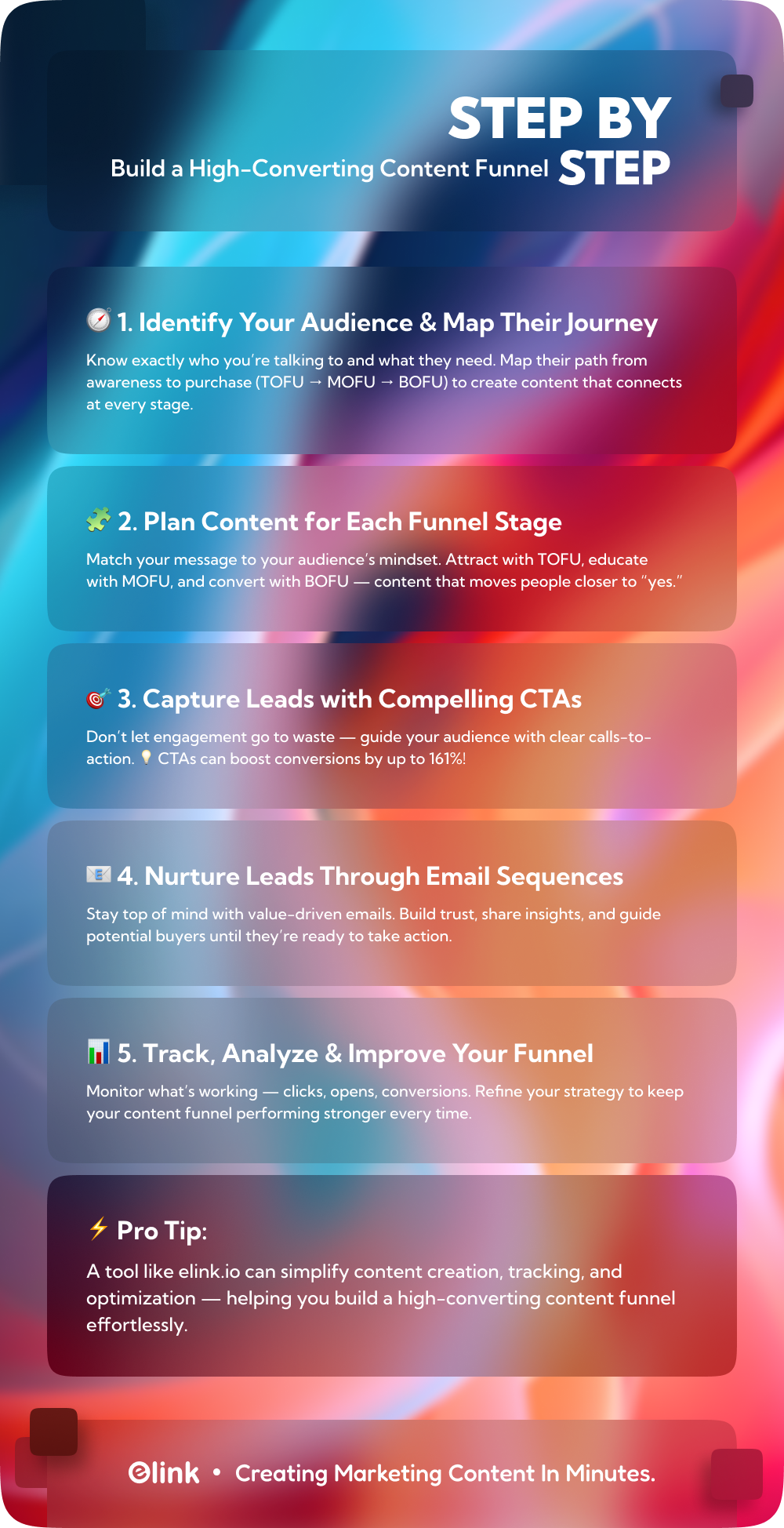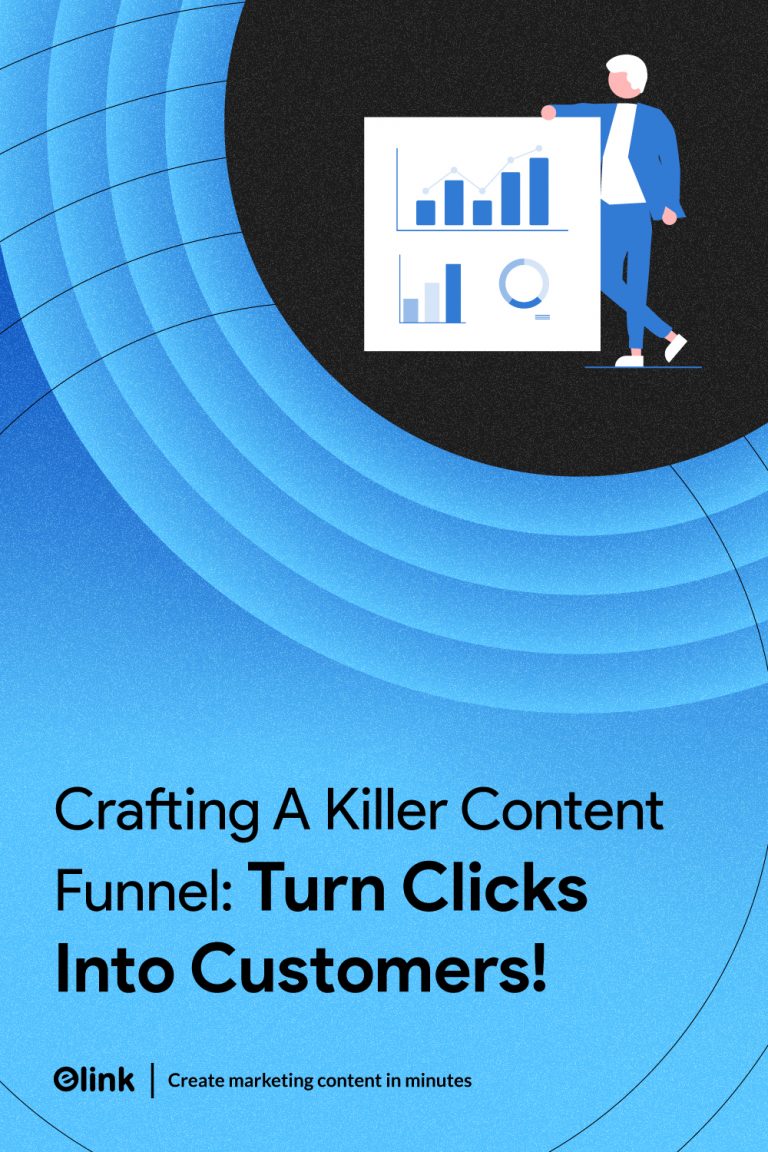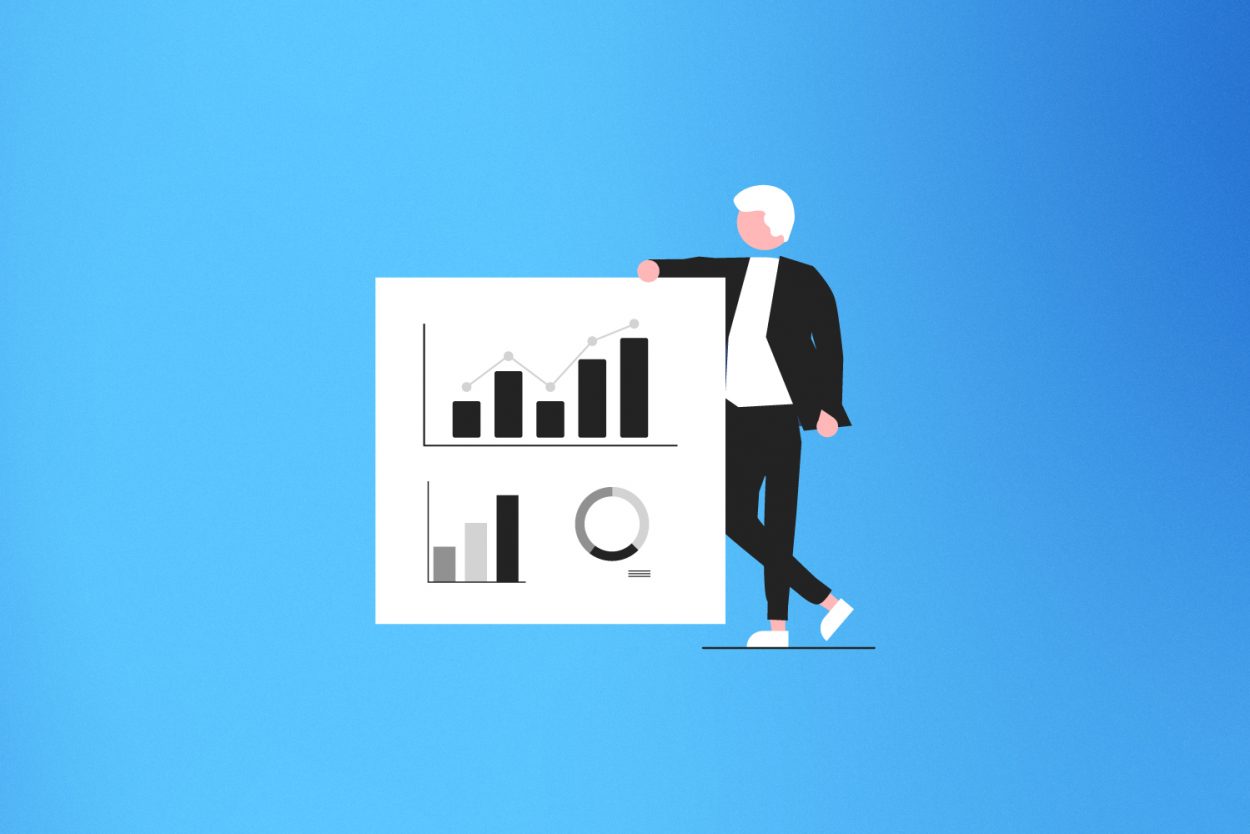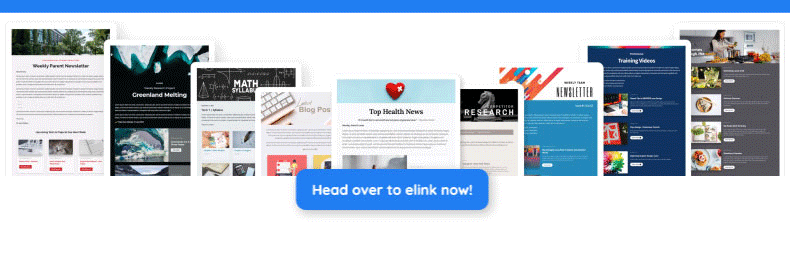Content without conversions is just noise.
You might be writing blogs, posting on social media, or sending emails—yet the leads and sales still aren’t coming in.
The reality is, simply creating content isn’t enough anymore. Many businesses continue to publish post after post, hoping that something will finally resonate with their audience. But let’s be honest—hope isn’t a strategy. If you actually want your content to deliver results, you need a clear system that guides your audience from “just looking” to “ready to buy.”
That system is called a content marketing funnel.
A content marketing funnel helps you attract the right people, earn their trust, and turn them into loyal customers. It’s not a complicated process. But it does need the right approach.
In this blog, we’ll walk you through how to build a content marketing funnel that actually converts. So, if you’ve been wondering why your content isn’t working, this blog is the answer. Let’s get started with the basics of the content marketing funnel.
Also, check 📌 Email Marketing Funnel: What is it & How To Build it?
What is a Content Marketing Funnel?
Let’s break it down in simple terms for you.
Imagine you own a small cafe. A person walks by, sees your sign, and stops to read the menu. Then they come inside, try your coffee, and later become a regular customer. That whole journey—from just knowing your cafe exists to becoming a loyal customer—is kind of like a marketing funnel.
Now let’s add the word “content” to it.
A content marketing funnel is the process of using helpful and interesting content (like blogs, videos, emails, or social media posts) to guide people step-by-step—from first discovering your brand to finally becoming your paying customer.
It’s called a “funnel” because the number of people gets smaller at each stage:
- At the top, lots of people discover you.
- In the middle, fewer people show interest and learn more.
- At the bottom, only some people take action, like buying or signing up.
Let’s understand each stage of the funnel here.
🟡 Top of the Funnel (TOFU):
This is where people find out that your brand exists. Maybe they see a blog post, a funny reel, or a helpful tip on Instagram.
So, here, you’ll not be selling anything. You’re just saying, “Hey! Look what I can help you with.” You give them useful, free content to grab attention—like blog posts, reels, how-to guides, etc.
Your goal in TOFU: Make people aware of your brand.
🟡 Middle of the Funnel (MOFU):
Now that people know you, give them content that builds trust—like case studies, emails, or product comparisons.
Your goal in MOFU: Help the audience consider you as a good option.
🟡 Bottom of the Funnel (BOFU):
This is where the magic happens. Some people are almost ready to buy, so give them a little push. Show the audience why they should choose you—maybe with a free trial, demo, special offer, or success story.
Your goal here: Turn interested audience into customers!
Now, let’s quickly move on to why you need a marketing funnel for your brand.
Must Check 💌 Best Marketing Automation Software Tools for 2025 (Free & Paid)
Why You Need a Content Marketing Funnel?
Well, people don’t usually buy from you the first time they see your brand. People need time. They need answers to some of their doubts. And most of all, people need trust.
A content marketing funnel helps guide your audience from simply noticing your brand to feeling confident enough to make a purchase. Instead of leaving this journey to chance, a funnel gives your marketing a clear structure and direction, attracting the right customers at the right time. So, if you’re wondering why your website visitors aren’t turning into customers, maybe it’s time to build your content funnel!
Even studies reveal that 96% of website visitors aren’t ready to purchase right away. Because most of the people who land on your website need more than just a product page—they need guidance, reassurance, and a clear reason to take the next step. That’s exactly where your funnel comes in.
Want to learn how to build that content marketing? Let’s dive in next.
Step-by-Step Guide to Building a High-Converting Content Funnel
So, if you’ve ever felt like your content is getting views but not results—this is for you.
A content funnel isn’t just about sharing blogs or videos with your audiences and hoping someone buys. It’s about guiding your audience from “just looking” to “I want to buy this!” Here’s exactly how to build a content funnel that actually works.
1. Identify Your Audience and Map Their Journey
Let’s start with the foundation of a successful content funnel — knowing your audience. Before creating any content, you need to understand who you’re talking to and what they care about.
Ask yourself:
- Who are my ideal customers?
- What problems are they trying to solve?
- What goals or desires do they have?
- What steps do they usually take before making a purchase?
Once you have these answers, the next step is to map out their journey — basically, how they move from being unaware of your brand to becoming a paying customer. In marketing terms, this journey often includes three main stages: TOFU, MOFU, OR BOFU.
When you know which stage your audience is in, you can create content that truly fits their needs at that moment — not too early, not too late.
For instance, let’s say you are selling fitness coaching. So, your audience’s journey might look like this:
- People feel unhappy with their health.
- They start looking for workout tips online.
- They want a personalized plan.
- They’re ready to hire a coach.
Now, once you know this complete cycle, you can create engaging content that can help the audience at every step of the content funnel.
Also Read ➡ Content Mapping and Everything You Need to Know! (Steps)
2. Plan Content for Each Funnel Stage
So, after knowing your audience, you need to plan the content for each step, i.e., TOFU, MOFU, BOFU, of the content marketing funnel.
At the beginning, you can share things that get the attention of your potential customers. In the middle, give them helpful information and answer their common doubts. At the end, show them why choosing you is the right decision.
Because when your content matches what your audience needs at each stage, moving them from “just looking” to “ready to buy” becomes much easier.
3. Capture Leads with Compelling CTAs
Well, simply creating and sending content is not enough. You need to guide your audience through your content on what to do next after reading your message. That’s where CTAs come in. A call-to-action is a text or button that simply tells your audience what to do next.
Without a CTA, people might enjoy your content, but then they simply scroll away without taking any action. With the right CTA, you can guide them forward—whether that’s to read another article, join your email list, or make a purchase.
📊 Quick Fact: Clear, specific CTAs can boost conversion rates by up to 161% which can take your marketing funnel from bland to brand-new opportunities.
4. Nurture Leads Through Email Sequences
It is a harsh truth that most people won’t buy from you the first time they see your content. But that’s perfectly normal. People need time to know you, trust you, and feel confident about saying yes to your products or services.
So, your job is to stay connected with your potential customers and keep adding value in every email that you send. Because the more you show up with value, the more people will remember you when they’re ready to make a decision.
5. Track and Improve Your Funnel
Now, you are ready with your content that you’ll send to your audiences. But a content funnel is not something you set up once and forget. To keep it working well, you need to check how your campaigns are performing and make changes when needed. You can keep an eye on click-through rates, views, and open rates to track your engagement and improve over time to get better results.
So, a high-converting content funnel isn’t built overnight. It’s a process of understanding your audience, giving them what they need at each step, and guiding them naturally toward becoming your customer.
And if that might sound like a lot to manage, the right tool like Elink.io can make the content journey faster, easier, and far more effective. Let’s discuss how Elink.io can be a game-changer for your funnel.
Also Check ✨ How to Level Up Your Content Curation with elink.io in 2025
🚀Supercharge Your Content Marketing Funnel with Elink.io
Creating content for every stage of your marketing funnel can feel like an endless task. One moment, you are busy creating blog roundups to grab the attention of the audience. Then you’re working on case studies to build trust, and before you know it, you’re stuck designing newsletters to keep leads engaged. It’s a lot. And doing it all by hand? That can eat up hours of your day.
That’s where elink.io comes to the rescue to help you.
Elink.io is the smartest content curation tool that helps you curate, organize, and share content in a visually appealing way. Instead of spending hours designing newsletters, landing pages, or web pages, Elink lets you pull together articles, blogs, videos, or links and turn them into professional-looking content in just minutes. Yes, in minutes!
Elink.io basically takes the stress out of curating content and makes it easy to connect with your audience at every stage of your marketing funnel.
Here’s why elink.io is a game-changer for your content funnel:
✅ Create Stunning Newsletters Instantly: If you have links to blogs, videos, product pages, or resources, you just have to paste them into Elink, and it transforms them into a gorgeous newsletter instantly.
✅ Use Ready-to-Go Templates: No need to start creating content from scratch. Elink has many modern, mobile-friendly templates to get you started. You just need to drop in your content, tweak colors or text, and you’re done.
✅ Automate with RSS: Do you want your curated content to update automatically? Well, you just have to simply connect your blog’s RSS feed, and Elink will refresh your content every time you post something new.
✅ Seamless Sharing Options: You can share your curated pages via email, embed them on your website, or post them on social media. Elink has integration with many third-party apps, so you can create content here and send it to any of your favorite apps.
✅ Track Engagement Easily: Elink has built-in analytics that show views, clicks, and engagement so you know exactly what’s working.
So, if you’re tired of juggling endless content tasks and actually want to connect with your audience, Elink.io is your shortcut. Build beautiful newsletters, landing pages, and curated content in minutes, track what works, and keep your funnel flowing effortlessly.
Stop working harder—start working smarter. Give Elink.io a spin today and watch your content do the heavy lifting. 🚀

Wrapping Up
At the end of the day, building a content marketing funnel isn’t as complicated as it sounds. It’s all about guiding people step by step—being helpful, earning their trust, and showing your value through each piece of content you share.
Because when you focus on helping, not just selling— People notice. They remember. And they choose you. And guess what? Tools like Elink can make the process of creating a content funnel much easier. You can bundle blog posts, videos, resources, or offers into one beautiful page and share it with your audience—without any tech stress.
So, go ahead and take the first step in the marketing funnel today. Your high-converting content funnel is about to take off! 🚀
FAQs
Q1. What is a content marketing funnel, and why does it matter?
A content marketing funnel is a step-by-step path that helps turn people who don’t know your brand into happy customers. It matters because most people don’t buy from the first time they see your brand. People need to trust you first. And the content marketing funnel helps build that trust slowly and naturally.
Q2. How does email marketing automation fit into the content funnel?
Email marketing automation keeps the conversation going with your audiences without you doing it manually every time. Suppose someone signs up (like downloading a free guide), you can automatically send them a series of emails:
- Helpful tips
- Product info
- Case studies
- Special offers
It’s like having a friendly guide walking them through your funnel—step by step—until they’re ready to take action.
Q3. What’s the role of inbound content marketing in driving funnel success?
Inbound marketing means creating content that pulls people to you—like blogs, how-to videos, or free guides. So, instead of chasing customers, people themselves come to you because your content helps them.
Q4. How can agencies or marketers measure success in a content funnel?
You can tell whether your funnel is working or not by checking simple things like:
✅ How many people visit your website
✅ How many sign up for your emails
✅ How many become customers
You can use tools like Google Analytics or your email software to track what’s working and what needs to be better.
Keep Reading & Learning 📚
Awesome GIF Websites You Should Try Now- Elink.io
Emotional Marketing & The Strategies That Makes It Effective!
30 Free Newsletter Content Ideas to Increase Engagement in 2025
10 SaaS Marketing Trends to Watch in 2024!
The Most Important Email Marketing Metrics to Check in 2025







